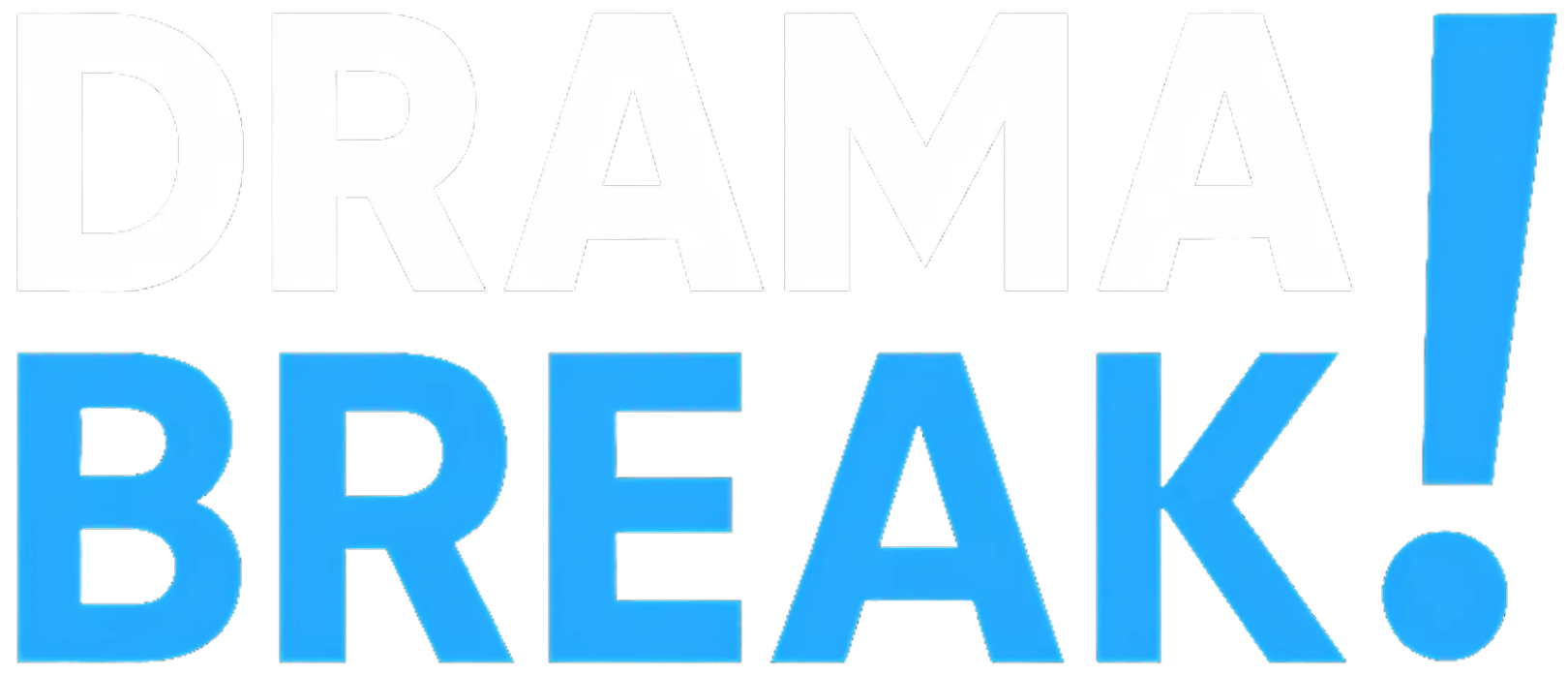

An inside look at the Maginot spacecraft in FX’s “Alien: Earth.” (Patrick Brown / FX)
For those wondering if they’ll recognize this “Peter Pan”-influenced bit of the “Alien” universe, well, one of the first choices Hawley had to make was environmental. “Are we doing retro-futurism? Are we doing the the cathode ray tube screens? Are we doing all of that stuff that in 1979 felt super futuristic, and to us now, feels like 1979?” he says. “And the answer is: of course we are. That is what ‘Alien’ is. What I had to wrestle with were the choices that Ridley made later on in ‘Prometheus,’ which was a prequel to ‘Alien.’ I was like, ‘I can’t really grapple with that in a way that makes sense to me. So I’m just going to adapt [the] first two movies and deal with that aesthetic.’”
The unique script had the prequel opening with a “As soon as upon a time …” parable about Wendy and the Misplaced Boys. However that, he says, “didn’t say ‘Alien’ straight away.” After some conversations with FX, the opening moments morphed right into a truncated model of the unique movie’s preliminary sequence that created a way of unease by progressively drawing viewers into its deep house cargo ship.
Jeff Russo, the present’s composer, wished the melodic cues to evoke one feeling: “Oh f—. ‘Alien.’”
“It’s rigidity, launch, rigidity, launch,” he says. Russo used a hybrid metal-stringed instrument made by an Austrian firm. “I might use it in a whole lot of other ways — I can hit the metallic and it makes very bizarre, otherworldly sounds; I can bow the strings and it has a really deep, very wealthy, very emotional but scary sound.”
The sound arrange the stress contained in the present’s retro-futuristic house craft, which was designed to resemble the unique movie’s famed vessel, the USCSS Nostromo. Andy Nicholson, the present’s manufacturing designer, stated his crew meticulously studied the movie and books that includes fan renderings to assist replicate its labyrinth of metallic corridors, cramped compartments and blinking command middle. It wasn’t till building on all however one of many ship’s units was full that they had been in a position to monitor down and entry archived drawings from the unique movie’s artwork division. Nicholson says there was a crew of people that policed placement of Semiotic Normal, the color-coded info symbols designed by Ron Cobb for the Nostromo spacecraft, on Maginot.
“It was an enormous accountability and I didn’t need to mess up,” Nicholson says. “There’s a historical past for the followers. You possibly can’t mess up the Easter eggs. There are particular issues you may’t get improper since you’ll simply lose folks.”
Larlarb says about 2000 costumes — perhaps extra — had been made, with 90% accomplished in-house (“We didn’t need it to really feel prefer it was ‘off the rack,’” she says). And the seems for the Maginot crew needed to riff off the well-established uniform foundation of the Nostromo and the Weylan-Yutani system. The palette is muted in lotions and earth tones, with sensible utilitarian jumpsuits and jackets.
“I made positive to create a uniform system that might reside unquestionably in that canon,” she says. “Our Maginot is on a unique form of mission — a analysis exploration mission — so the crew uniforms wanted to mirror a unique department from the unique.”
With the vessel’s collision on Earth, the retro-futuristic aesthetic carries over into the modern cityscape of Prodigy Metropolis. Nicholson says he pulled references of automotive inside designs and European furnishings designs from across the late ’70s — “That was futuristic. It was the primary time you noticed, very briefly, digital shows in automotive dashboards” — as he thought of what Earth ought to appear like of their model of the longer term.
A bit of tech they determined so as to add? Tablets.
“They didn’t actually take into consideration tablets in these first two movies, however now we have tablets,” Hawley says. “So, what are these like?”

